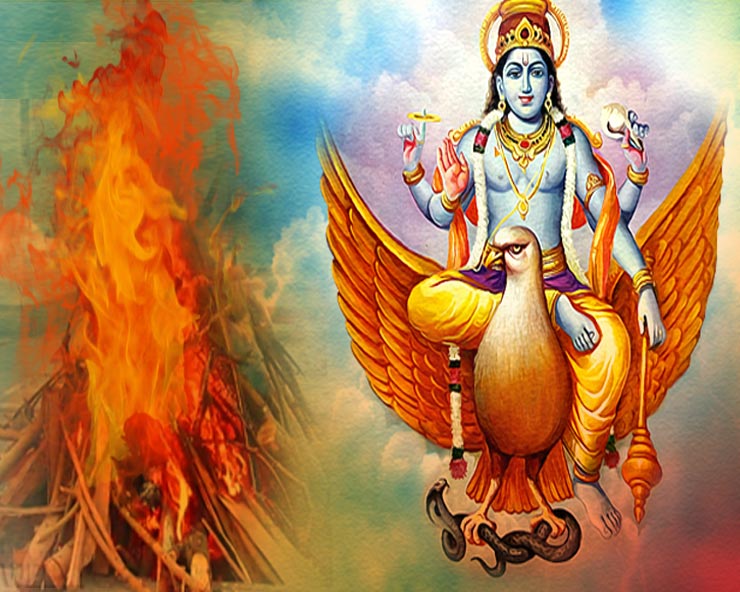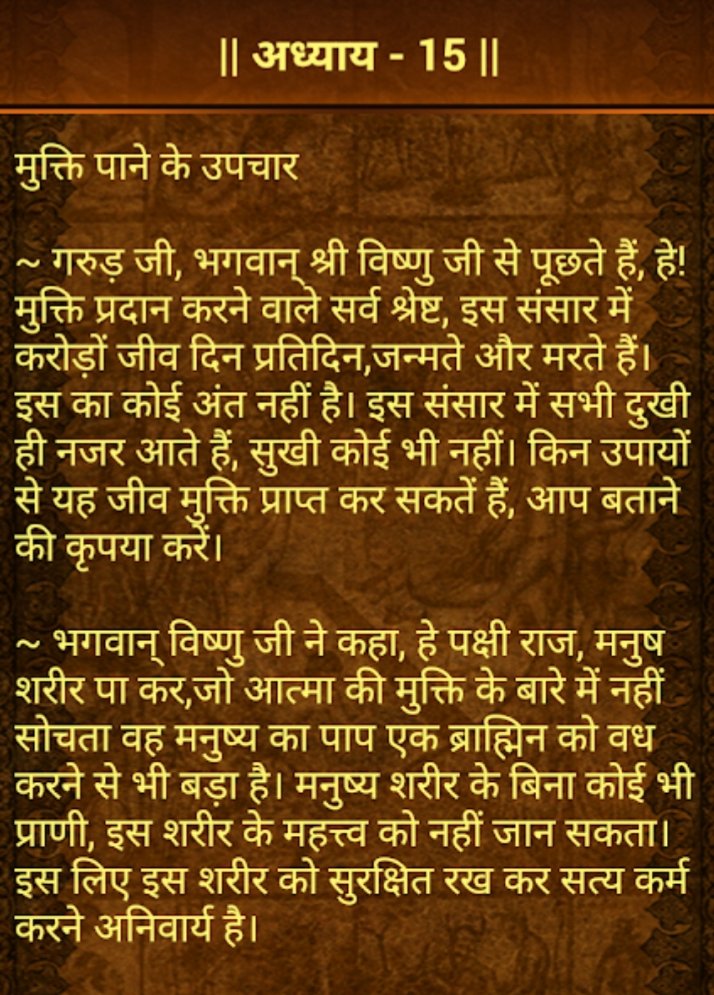The devtas were very scared of Gayasur as he would often trouble them. They were desperate to get rid of him and so they approached Lord Brahma.
Chhath Mahaparva: Why in Bihar?
During the Vedic period, a demon called ‘Gayasur’ lived in ‘Keekat Pradesh’, a vast area spanning most of central India. He was an ardent devotee of Lord Vishnu. Gayasur was massive in size too. It is said that when he lay on the ground,
The devtas were very scared of Gayasur as he would often trouble them. They were desperate to get rid of him and so they approached Lord Brahma.
The devtas then went to Lord Vishnu but He, too, was very reluctant to end the life of His most ardent devotee. The devtas suggested to Vishnu
Lord Vishnu reluctantly agreed and approached Gayasur, who realised that the performance of the yagna – that too in Vishnu’s name – would lead to his
Lord Vishnu, in turn, blessed Gayasur that his name would never ever be forgotten. Vishnu ordained that the place where a yagna was to be performed on Gayasur's heart – that is,
Now, the devtas started searching for priests who had to be great worshippers of Lord
These priests were great worshippers of Surya (Sun God) and were also known as ‘Maga Brahmins’
Seven such Sun-worshipping priests were, therefore, brought to the
Following in the footsteps of the Maga Brahmins, the inhabitants of Magadh also began the formal worship of Sun God.
The worship was rather simple and could be performed by common people. Although it required extreme
The origin of Chhath,
During Chhath, ‘Usha’ and ‘Pratyusha’ are also worshipped along with Surya. Usha refers to dawn or the first light of the day.
More from All
You May Also Like
Oh my Goodness!!!
I might have a panic attack due to excitement!!
Read this thread to the end...I just had an epiphany and my mind is blown. Actually, more than blown. More like OBLITERATED! This is the thing! This is the thing that will blow the entire thing out of the water!
Has this man been concealing his true identity?
Is this man a supposed 'dead' Seal Team Six soldier?
Witness protection to be kept safe until the right moment when all will be revealed?!
Who ELSE is alive that may have faked their death/gone into witness protection?

Were "golden tickets" inside the envelopes??

Are these "golden tickets" going to lead to their ultimate undoing?
Review crumbs on the board re: 'gold'.

#SEALTeam6 Trump re-tweeted this.

I might have a panic attack due to excitement!!
Read this thread to the end...I just had an epiphany and my mind is blown. Actually, more than blown. More like OBLITERATED! This is the thing! This is the thing that will blow the entire thing out of the water!
Tik Tok pic.twitter.com/8X3oMxvncP
— Scotty Mar10 (@Allenma15086871) December 29, 2020
Has this man been concealing his true identity?
Is this man a supposed 'dead' Seal Team Six soldier?
Witness protection to be kept safe until the right moment when all will be revealed?!
Who ELSE is alive that may have faked their death/gone into witness protection?

Were "golden tickets" inside the envelopes??

Are these "golden tickets" going to lead to their ultimate undoing?
Review crumbs on the board re: 'gold'.

#SEALTeam6 Trump re-tweeted this.

Neo-nazi group #PatriotFront held a photo op in #Chicago last weekend & is currently marching around #DC so it's as good time as any to compile a list of their identified members for folks to watch for
Who are these chuds?
Patriot Front broke away from white nationalist org Vanguard America following #unitetheright in #charlottesville after James Alex Fields was seen with a VA shield before driving his car into a crowd, murdering Heather Heyer & injuring dozens of others
Syed Robbie Javid a.k.a. Sayed Robbie Javid or Robbie Javid of Alexandria,
Antoine Bernard Renard (a.k.a. “Charlemagne MD” on Discord) from Rockville, MD.
https://t.co/ykEjdZFDi6

Brandon Troy Higgs, 25, from Reisterstown,
Who are these chuds?
Patriot Front broke away from white nationalist org Vanguard America following #unitetheright in #charlottesville after James Alex Fields was seen with a VA shield before driving his car into a crowd, murdering Heather Heyer & injuring dozens of others
Syed Robbie Javid a.k.a. Sayed Robbie Javid or Robbie Javid of Alexandria,
Happy Monday everyone :-) Let's ring in September by reacquainting ourselves with Virginia neo-Nazi and NSC Dixie affiliate Sayed "Robbie" Javid, now known by "Reform the States". Robbie is an explicitly genocidal neo-Nazi, so lets get to know him a bit better!
— Garfield but Anti-Fascist (@AntifaGarfield) August 31, 2020
CW on this thread pic.twitter.com/3gzxrIo9HD
Antoine Bernard Renard (a.k.a. “Charlemagne MD” on Discord) from Rockville, MD.
https://t.co/ykEjdZFDi6

Brandon Troy Higgs, 25, from Reisterstown,























